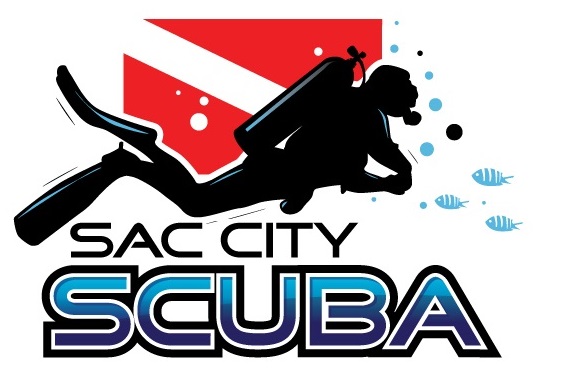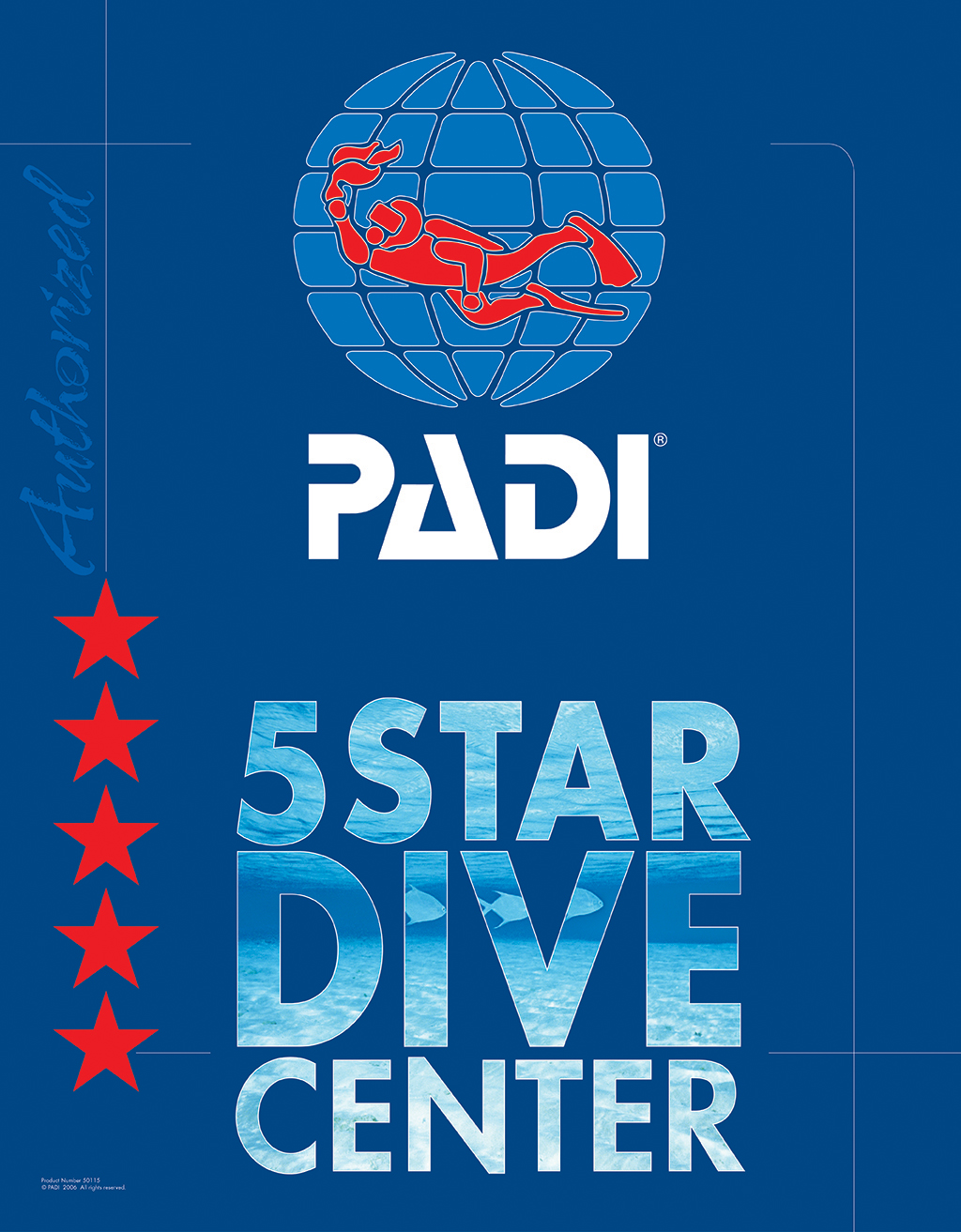You’ve probably heard people refer to themselves as a “scuba diver” or a “PADI driver,” but the actual and correct term for the most common PADI certification, “open water diver” is used less frequently. The “open water” part differentiates it from a lessor included certification called “PADI Scuba Diver”. (More on that in a moment.) To confuse matters further, other agencies use different terms for their equivalent open water course. You may hear “Basic diver”, “Autonomous diver” or even “1-star”. Even instructors can be confused by this!
An open water diver is someone who has undergone formal training consisting of 5 academic modules, 5 pool sessions (aka confined water) and 4 open water dives as defined by PADI. Standards are defined by an organization called the RSTC, or Recreational Scuba Training Council. The RSTC ‘s members are the worlds certification agencies. Think of RSTC as the UN of diving. They essentially define everything in recreational scuba diving and member parties are expected to adhere to them.
By receiving an Open Water Diver certification, these trained divers are allowed to:
- Obtain air fills
- Rent diving equipment
- Go diving without a divemaster/instructor present
- Book and go on boat dives
PADI Open Water Diver Course
PADI Open Water is a globally recognized scuba certification. Around 900,000 divers receive a PADI Open Water certification each year.
During the Open Water Diver course, you’re allowed to go as deep as 60 feet in the company of an instructor.
The PADI Scuba Diver course (sans the words “open water”) is the equivalent of a learner’s permit; it’s considered to be the initial step for completing the certification. It is roughly the first half of the complete open water course.
Usually, people take the PADI Scuba Diver course when:
- They don’t have the time to finish the longer Open Water Course
- They can’t finish their Open Water Training
- Have no intentions of going diving by themselves. They dive under the supervision of a PADI professional and are only allowed to go 14 feet deep.
Course Requirements for PADI Scuba Divers and a PADI Open Water Diver
Open Water Diver (4–7days)
- In this course, you’ll learn the fundamental concepts via PADI eLearning® or through a PADI class
- You will go through 5 sessions in confined water to practice
- You will complete 4 dives in open water (ocean/lakes)
Scuba Diver (2–3 days)
- In this course, you’ll learn the fundamental concepts via PADI eLearning® or through a PADI class
- You will go through 3 sessions in confined water to practice
- You will complete 2 dives in open water (ocean/lakes)
The PADI Scuba Diver course is a shorter version of the complete PADI Open Water Diver course. It skips over the more demanding portions of the course. It’s great for people who don’t have the time to go through the complete certification and just want to learn the basics of diving.

Scuba Divers can always upgrade their skills and become a PADI Open Water Diver by completing the certification. They will have to prove their skills in a surface swim, and score well in a quiz and exam.
If you want to be able to dive on your own whenever you please, you will have to complete the PADI Open Water certification.
Sac City Scuba is the only PADI dive center in Sacramento. We offer scuba diving training for beginners and can help you get a PADI Open Water certification. In addition to PADI open water training, our students can also opt for PADI's Emergency First Response (EFR), which includes First Aid Classes and CPR.
Contact us for more information at (916) 772 - DIVE (3483).

